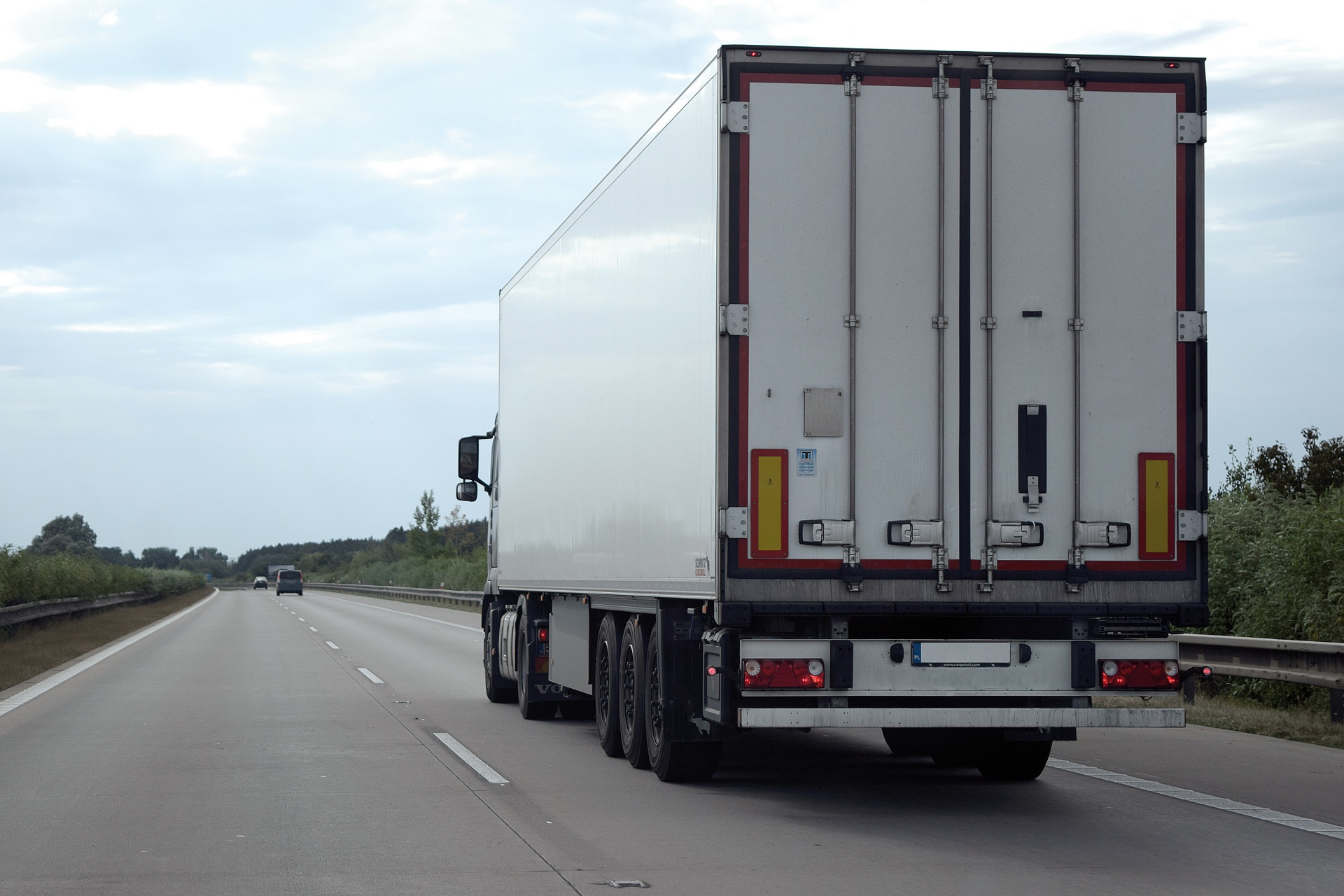
Better visibility for truck drivers in sight
Measures to protect vulnerable road users from being hit by heavy goods vehicles moved a step closer last month when ministers approved stricter rules on visibility from truck cabs. T&E described it as ‘huge progress towards ending many unnecessary deaths’. The legislation will also mean that new cars will need to be fitted with automatic emergency braking systems and systems that warn the driver when they’re exceeding the speed limit.
As part of the update of the EU’s General Safety Regulation, the Council of competition ministers agreed its position on new rules which will require various safety features to be included on a range of vehicles with the aim of saving lives on Europe’s roads. This included agreement on a ‘direct vision’ requirement for all new trucks that requires blind spots to be reduced.
T&E’s freight policy officer Samuel Kenny said: ‘This is huge progress towards ending many of the unnecessary deaths in our streets because trucks are so badly designed that the driver of some trucks can’t see a cyclist or pedestrian within two metres of their vehicle. Trucks are some 2% of vehicles on the road but represent 15% of fatalities. This requirement could help solve that problem. Now it’s up to MEPs to be equally progressive in their approach.’
However, T&E was critical of the failure to bring forward some of the deadlines for compliance with the new safety features. In the last two months, leading political names, including Germany’s transport minister and the mayor of London, have called for the new safety requirements to be brought in sooner.
Among the other aspects of the new rules, vans and Sport Utility Vehicles (SUVs) will no longer be exempt from various safety features which until now have only been required for ordinary passenger cars. All vehicles would need to include tyre pressure monitoring, intelligent speed assistance, alcohol interlock, driver drowsiness monitoring, and emergency stop signals. More advanced safety measures will also be required for passenger cars and light commercial cars, including automatic emergency braking for cyclists and pedestrians, event data recorders and enlarged head impact protection zones.
The lead committee in the European Parliament will vote on the file in February 2019, after which negotiations will begin between ministers and MEPs. But all current EU legislation is in a race to be completed before the current European Parliament is dissolved in April ahead of elections for the next Parliament in May.
